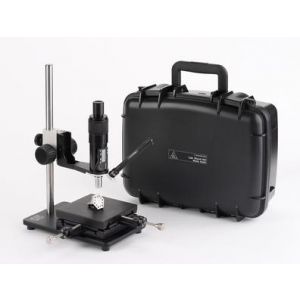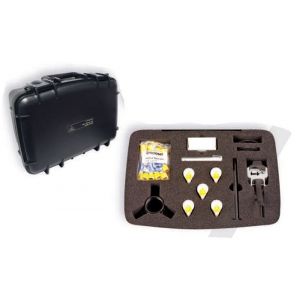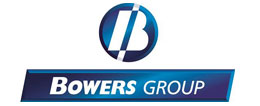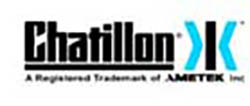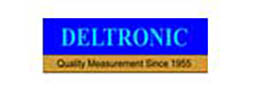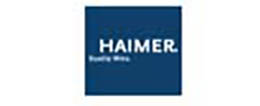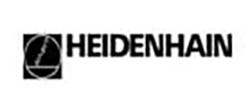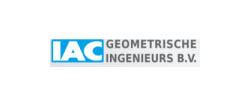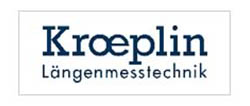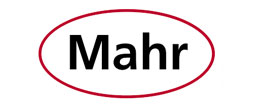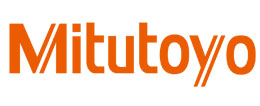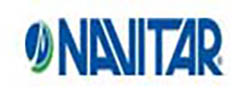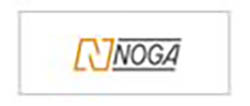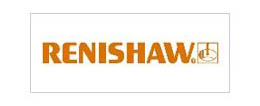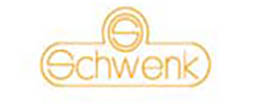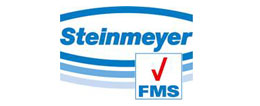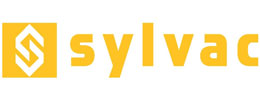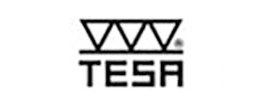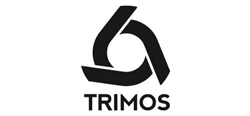8400K Digital Optical Micrometers Description : Digital Optical Micrometer Kit Range 10X : 025" Range 4X : 1.2" Resolution : .0005"/.01mm Accuracy : +/-.0005"/.01mm Repeatability : 0.01mm/.0005''
Item number:
8400K
| Additional Details | Description = Digital Optical Micrometer Kit|Range 10X = 025|Range 4X = 1.2"|Resolution = .0005"/.01mm|Accuracy = +/-.0005"/.01mm|Repeatability = 0.01mm/.0005| |
|---|
8400K Digital Optical Micrometers Description : Digital Optical Micrometer Kit Range 10X : 025" Range 4X : 1.2" Resolution : .0005"/.01mm Accuracy : +/-.0005"/.01mm Repeatability : 0.01mm/.0005''
Availability:
In stock
Item number
8400K
€6,018.10
ex vat
€6,018.10
ex vat
8400K Digital Optical Micrometer
The 8400K Optical Micrometer performs quick and accurate measurements of surface damage to mechanical parts. Inspect scratches, blemishes and corrosion pits easily with repeatable results, where other methods are time consuming and inconclusive.
The Optical Micrometer can be used to inspect damage on drive shafts, masts, couplings, turbine blades, propellers, leading edges, fuselage skin, windshields, canopies and many other applications.
• Save time - make fast, accurate and repeatable measurements.
• Save money - stop scrapping parts that are still in tolerance.
• Eliminate guesswork - replace the “fingernail test” with a precise instrument.
• Backup visual inspections with exact measurement data.
• Improve traceability and quality control.
• Improve documentation and monitor trends over time.
• Save time - make fast, accurate and repeatable measurements.
• Save money - stop scrapping parts that are still in tolerance.
• Eliminate guesswork - replace the “fingernail test” with a precise instrument.
• Backup visual inspections with exact measurement data.
• Improve traceability and quality control.
• Improve documentation and monitor trends over time.
|
The problem of reliable surface damage assessment…
We all care about the appearance or “cosmetic value” of parts as they are manufactured, shipped or received. No one wants to send or receive damaged goods like scuffed-up machined parts or even raw bar-stock that has been mishandled and gouged by forklifts. So we get involved in helping vendors, suppliers and QC people quantify damage and agree on thresholds of acceptance. However, the area that most concerns us is structural integrity and flight safety, particularly where nicks and gouges can become stress concentrations. Flight-critical components normally have specified “not to exceed” limits for the depth of surface scratches, gouges and corrosion pits. One of the most common methods for determining the severity of surface damage is the “fingernail test” – which sounds kind of funny, but it’s true. It’s quite often the first check – to see if a scratch catches your fingernail or not. People also use a flashlight at a low angle, with or without a magnifying glass to identify or highlight problem areas. Beyond that, some basic tools that have provided actual measurement data through the years include ball-scribes consisting of tiny spheres of known size mounted on the end of a scribe, and dial indicators with needle points mounted in small portable bases that can be situated over damaged areas. Also known as pit gages, these can do a fairly good job but they can also have two significant major problems. At the micro-level, one can’t be sure when the needle is resting in the very bottom of an irregular scratch or corrosion pit. And at the macro-level, it can be difficult or impossible to hold the gage in the same position twice in a row – and therefore obtain the same reading twice in a row. This means that repeatability can quite poor on anything other than a flat surface and a very uniform or normal-shaped pit or groove. At our company, the question we hear almost every day is whether to “repair or replace” a component. Surface damage repair work should not begin without measuring first and evaluating the severity of the problem. When a part is gouged beyond allowable limits, it is often rejected based on depth measurement alone; no other tests, most of which are expensive and time consuming, are ever needed. It is remarkable how many times “repair or replace” questions are resolved on scratch depth measurement alone, so it is essential for the maintenance professional to be able to quickly and easily obtain measurements that are accurate and repeatable. |
|
Solution…
Our solution is to measure depth by focus. We design optical systems that feature a very shallow depth of focus so that only one plane can be in focus at a time, and with a built-in encoder, we measure the depth or height difference between two distinct focal planes. We start by focusing on what we’ll call the “good” surface at the very edge of the pit or scratch. We bring this into sharp focus and press a button to set ZERO on the digital display that reads the encoder. Then we focus down into the bottom of the pit. One of the main advantages we have over pit gages is have the luxury of being able to “hunt around” for the very deepest part within a pit or gouge. Once we find the deepest spot, we simply read the display. The method is almost astonishingly simple, but simplicity is a big part of our success. |
|






